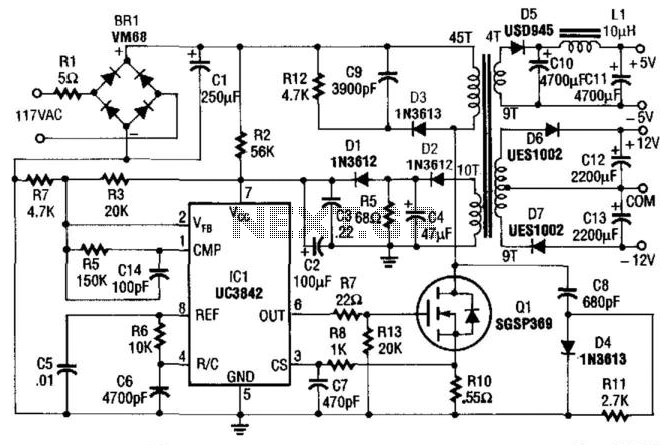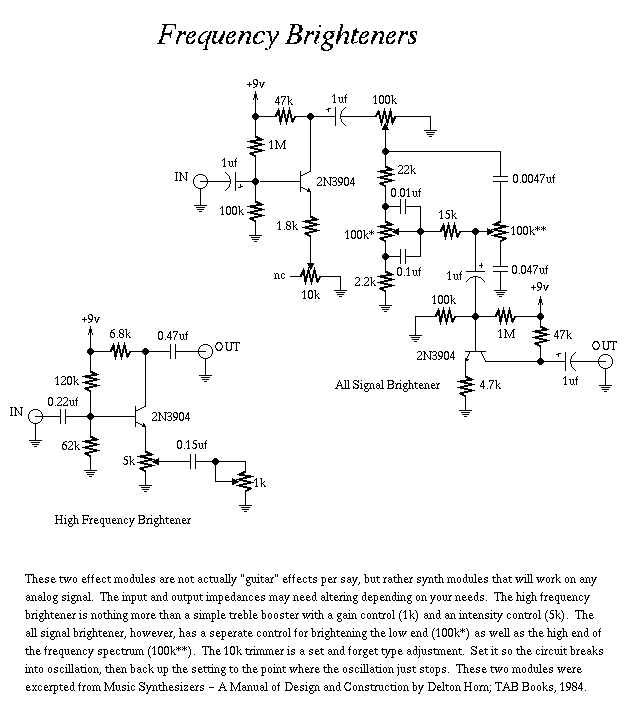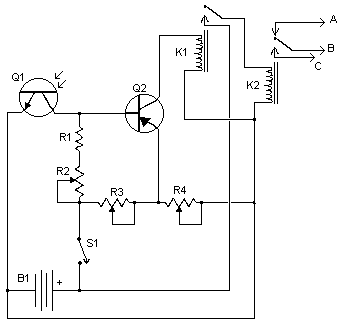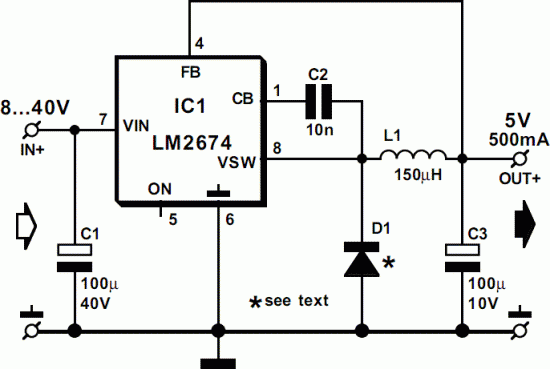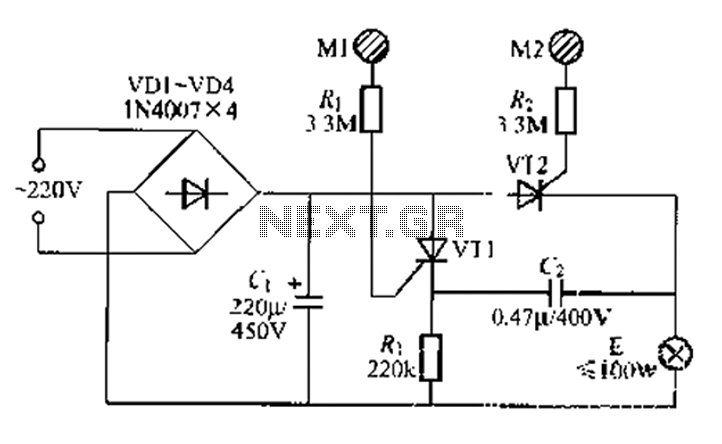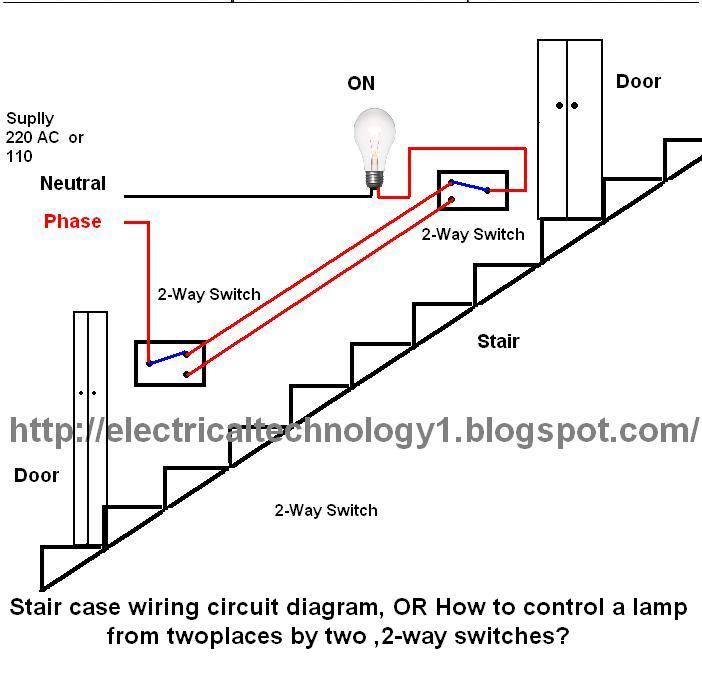
Hall Effect switch
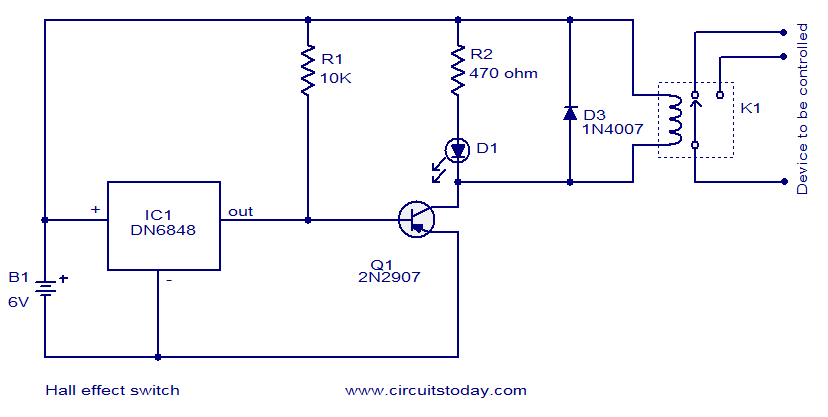
The circuit diagram presented is for a Hall Effect switch. The core component of this circuit is the Hall Effect sensor IC DN6848 from Panasonic. This integrated circuit features a Hall Effect sensor, a Schmitt trigger circuit, a power supply regulator, and temperature compensation circuits all within a single chip. The DN6848 exhibits high sensitivity, low drift, and excellent temperature stability, making it suitable for a wide range of position, rotation, and speed sensing applications. When the south pole of a magnet approaches the front face of the IC (the face marked with the type number), the output pin (pin 3) transitions to a low state (zero voltage). This low voltage at pin 3 activates the connected PNP transistor Q1, which in turn energizes the relay. Consequently, the relay is switched ON whenever the south pole of a magnet is brought close to the Hall Effect sensor IC DN6848. Resistor R1 ensures that the base of Q1 receives a slight positive voltage to prevent unintentional triggering. The LED D1 illuminates whenever the relay is activated, while resistor R2 limits the current flowing through the LED. Diode D2 acts as a freewheeling diode, safeguarding transistor Q1 from high voltage spikes generated when the relay is deactivated.
The Hall Effect switch circuit utilizes the DN6848 IC, which is designed to detect magnetic fields and translate this detection into a digital signal. The operation begins when a magnetic field, specifically the south pole of a magnet, is introduced near the sensor. This interaction causes the output pin (pin 3) of the DN6848 to drop to a low voltage, which is crucial for the subsequent operation of the circuit.
The PNP transistor Q1 is pivotal in controlling the relay's operation. When pin 3 of the DN6848 is low, Q1 turns ON, allowing current to flow through the relay coil. This energization of the relay coil closes the contacts, enabling the relay to control a larger load or activate other components within a circuit. The inclusion of resistor R1 is essential for maintaining the transistor in a stable state when no magnetic field is present, thus preventing false triggering due to noise or fluctuations in the environment.
The LED D1 serves as an indicator, providing a visual cue that the relay is activated. The current through the LED is regulated by resistor R2, which prevents excessive current that could damage the LED. Additionally, diode D2 is critical for protecting Q1 from back EMF generated when the relay coil is de-energized. This back EMF can create voltage spikes that may exceed the voltage ratings of the transistor, potentially leading to failure. The diode allows the induced current to safely dissipate, ensuring the longevity and reliability of the circuit.
Overall, this Hall Effect switch circuit is a robust solution for applications requiring non-contact sensing, leveraging the advantages of the DN6848 IC to provide a reliable and efficient means of detecting magnetic fields.The circuit diagram shown here is of a Hall Effect switch. Hall Effect sensor IC DN6848 from Panasonic is the heart of the circuit. The DN6848 has a built-in Hall Effect sensor, Schmitt trigger circuit, power supply regulator and temperature compensation circuits integrated to a single chip. High sensitivity, low drift and excellent temperature st ability of the DN6848 makes it well suitable for a variety of position, rotation and speed sensing applications. When the south pole of a magnet is brought near to the front face (face with type number marking) of the IC its output pin (pin 3) goes low (zero voltage).
The pin 3 is connected to the base of PNP transistor Q1 and the low stage at pin3 makes the transistor ON and makes the relay activated. In a nut shell the relay will get switched ON whenever the south pole of a magnet is brought close to the Hall Effect sensor IC DN6848.
Resistor R1 will always pull the base of Q1 to a very slight positive voltage and thereby prevents accidental triggering. LED D1 glows whenever the relay is activated and resistor R2 limits the current through the D1. Diode D2 is a freewheeling diode and it protects the transistor Q1 from high voltage spikes which are induced when the relay is switched.
🔗 External reference
The Hall Effect switch circuit utilizes the DN6848 IC, which is designed to detect magnetic fields and translate this detection into a digital signal. The operation begins when a magnetic field, specifically the south pole of a magnet, is introduced near the sensor. This interaction causes the output pin (pin 3) of the DN6848 to drop to a low voltage, which is crucial for the subsequent operation of the circuit.
The PNP transistor Q1 is pivotal in controlling the relay's operation. When pin 3 of the DN6848 is low, Q1 turns ON, allowing current to flow through the relay coil. This energization of the relay coil closes the contacts, enabling the relay to control a larger load or activate other components within a circuit. The inclusion of resistor R1 is essential for maintaining the transistor in a stable state when no magnetic field is present, thus preventing false triggering due to noise or fluctuations in the environment.
The LED D1 serves as an indicator, providing a visual cue that the relay is activated. The current through the LED is regulated by resistor R2, which prevents excessive current that could damage the LED. Additionally, diode D2 is critical for protecting Q1 from back EMF generated when the relay coil is de-energized. This back EMF can create voltage spikes that may exceed the voltage ratings of the transistor, potentially leading to failure. The diode allows the induced current to safely dissipate, ensuring the longevity and reliability of the circuit.
Overall, this Hall Effect switch circuit is a robust solution for applications requiring non-contact sensing, leveraging the advantages of the DN6848 IC to provide a reliable and efficient means of detecting magnetic fields.The circuit diagram shown here is of a Hall Effect switch. Hall Effect sensor IC DN6848 from Panasonic is the heart of the circuit. The DN6848 has a built-in Hall Effect sensor, Schmitt trigger circuit, power supply regulator and temperature compensation circuits integrated to a single chip. High sensitivity, low drift and excellent temperature st ability of the DN6848 makes it well suitable for a variety of position, rotation and speed sensing applications. When the south pole of a magnet is brought near to the front face (face with type number marking) of the IC its output pin (pin 3) goes low (zero voltage).
The pin 3 is connected to the base of PNP transistor Q1 and the low stage at pin3 makes the transistor ON and makes the relay activated. In a nut shell the relay will get switched ON whenever the south pole of a magnet is brought close to the Hall Effect sensor IC DN6848.
Resistor R1 will always pull the base of Q1 to a very slight positive voltage and thereby prevents accidental triggering. LED D1 glows whenever the relay is activated and resistor R2 limits the current through the D1. Diode D2 is a freewheeling diode and it protects the transistor Q1 from high voltage spikes which are induced when the relay is switched.
🔗 External reference
